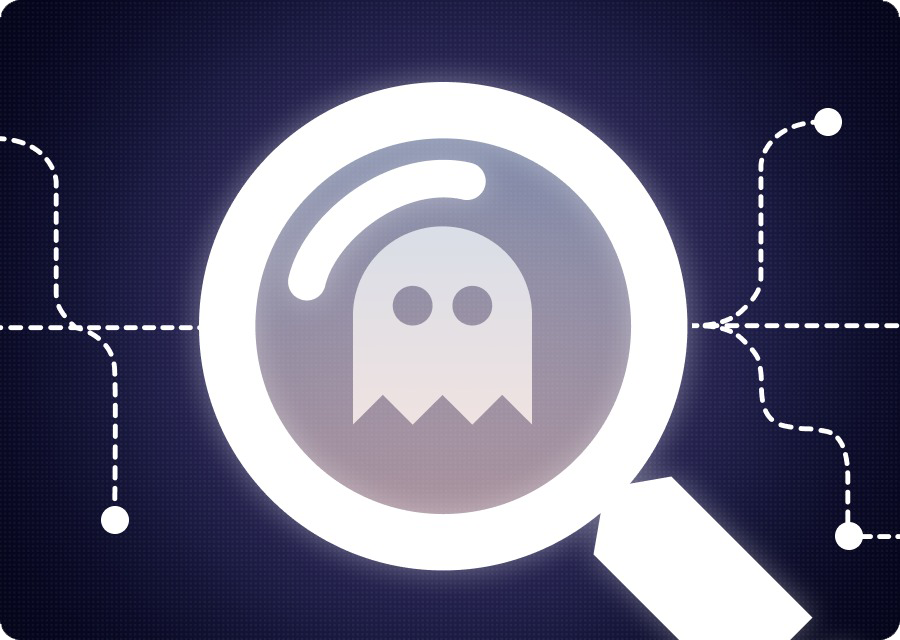Three frontiers, one challenge

Walking the floors at Identiverse 2025, one theme echoed through every panel, booth, and hallway conversation: AI is here, and it’s everywhere.Yet behind the demos and buzzwords, the foundational mechanics feel familiar. Today’s agents still depend on the identity constructs we’ve wrangled for years: service principals, managed identities, access keys, etc.
- In traditional IT, service accounts hid in batch jobs and cron scripts, passwords stored in config files.
- In the cloud-native frontier, they evolve into ephemeral Kubernetes pods, serverless functions, or infra agents that spin up and down with STS or IMDS tokens.
- And in the AI era, non-human identities (NHIs) are exploding in both volume and complexity. Autonomous agents plug themselves into critical workflows, harvest and transform sensitive data.
So, what does “AI” mean to an identity team? Let’s break the typical AI stack into three digestible scenes and follow the invisible credentials that power each one.

First, picture the support chat widget on your website. When a customer types “Where’s my order?”, the bot fetches their past tickets with a long-lived database service-account password tucked inside the pod’s environment variables. It then ships the text to an LLM running on Azure AI Foundry, authenticating with a separate service-principal secret baked into the Helm chart. Finally, it stores the sentiment score back in the CRM via a third API token shared by every replica. One chat, three independent NHIs, none visible to the user.
Next, jump to a “bring-your-own-model” plug-in. Marketing enables Salesforce Einstein Copilot and pastes a Foundry access key into the setup wizard. That single copy-and-paste plants a permanent LLM credential inside Salesforce’s database; every draft email Copilot writes now burns that token. Within weeks, five more SaaS tools have borrowed the same key, creating a constellation of shadow-AI apps you don’t track or rotate.
Finally, zoom out to a vendor-hosted add-on such as DeepSeek. A product manager clicks Allow on an OAuth screen, granting full_access in seconds. Behind the scenes, DeepSeek’s own service principal, living in its tenant, invisible in yours, uses that token to pull emails, CRM objects and call transcripts through Microsoft Graph and Salesforce APIs before feeding them to its proprietary LLM. All you see on your side is a single consent log; the rest of the data flow happens in someone else’s cloud.
Taken together, these scenarios expose a hard truth: AI is accelerating faster than our guardrails. Credentials sprawl across pods, SaaS wizards, and third-party tenants, each one a potential blind spot, breach point, compliance nightmare or audit headache. What organizations need isn’t another point tool, but a unifying layer that can see every NHI, secure it in real time, and govern its lifecycle from provisioning to retirement. That’s exactly where Oasis steps in.
The Oasis pillars: See.Secure. Govern
We deliver on that promise through three Oasis pillars:
SEE: Agentless continuous discovery sweeps Active Directory, on-prem systems, cloud platforms, SaaS, PaaS, vaults and AI services, unifying every service account, role and service-principal into a live, owner-mapped inventory. No more CSV duels, just instant clarity. Our context-reconstruction engine layers on purpose, owner, and privilege for each identity, so every follow-up action is safe and confident.
SECURE: Real-time analytics surface stale secrets, toxic combinations sets and anomalous behaviour. You learn the blast radius before adversaries (or auditors) do. One-click remediation closes the gap in minutes.
GOVERN: Policy-driven orchestration pushes one lifecycle rule: provision, rotate, least-privilege, attest, decommission through the directories and vaults you already trust. Write once, enforce everywhere: cleaner audits, faster releases.
One platform, one policy language, one audit trail: from legacy servers to cloud runtimes to the newest AI workloads. That’s how Oasis lets IAM teams see, secure, and govern the machine identities that now power the business without slowing innovation.
Curious how Oasis Security brings order to non-human identities and puts guardrails around your gen-AI ambitions? Request a demo or explore our product page to learn more.
We do newsletters, too
Discover tips, technical guides and best practices in our biweekly newsletter.







